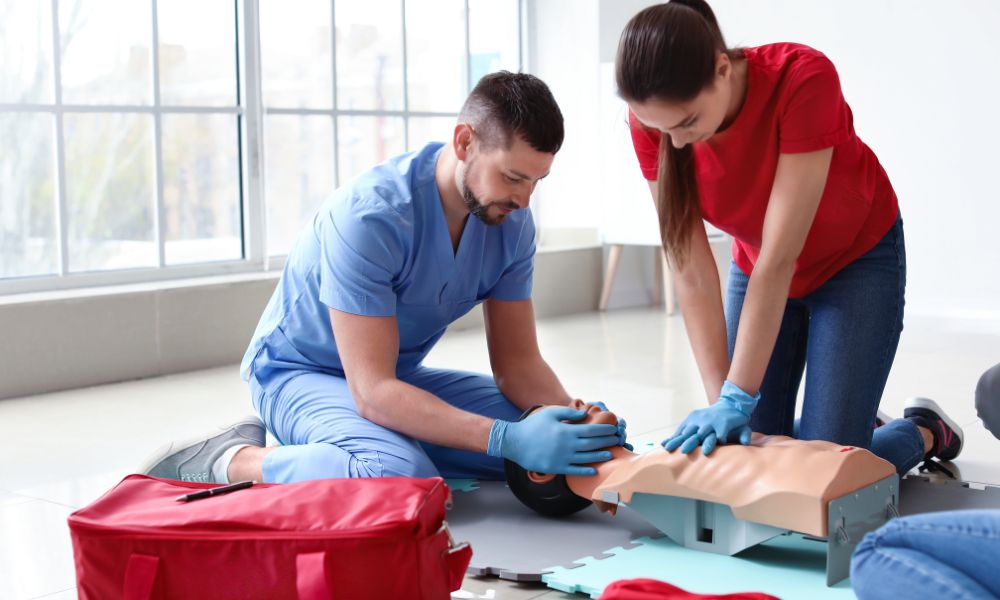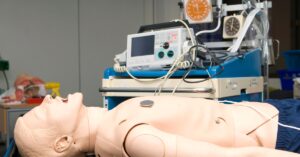You likely know that anyone can take a CPR training class, as it’s phenomenally educational and important for everyone to learn. However, the average civilian training won’t be the same or nearly as in-depth for healthcare professionals. When saving lives is your job, you generally need to know much more, which is why there are different levels of CPR training.
Importance of CPR
CPR’s importance cannot be underestimated, and nearly everyone can learn it. Do you know what happens during a cardiac emergency without a bystander who has knowledge of CPR? The chances of survival decrease by nearly seven percent with every passing minute of neglect.
Nearly nine out of ten people who experience a sudden cardiac arrest outside of a hospital will die. More surprisingly, around 70 percent of cardiac arrest events occur outside of the hospital. That’s why administering CPR immediately makes such an impact, as it can be the one factor that saves a victim’s life. In fact, CPR can double or triple the chances of survival.
CPR Level A
Lay rescuers and people in the workplace will take CPR level A, as it meets general health and safety education requirements. CPR level A is all about learning the basics of life-saving procedures and techniques, so the average person will take the course. During level A training, students will learn how to use an Automated External Defibrillator (AED), First Aid basics, and most medical emergencies requiring CPR.
CPR Level B
The B in CPR level B stands for babies. This training teaches everything you need to know about administering CPR to infants and toddlers. Keep in mind that CPR level B does not make you adequately equipped for adult CPR. Getting your CPR level B certification is a great idea if you’re a nanny or babysitter.
CPR Level C
CPR level C is the third of the different levels of CPR training. This training is a blend of all skills and techniques required for administering CPR to infants, children, and adults. Level C is for first responders like lifeguards, firefighters, or police, as they encounter a broad range of people during their jobs.
Are you looking for an American Heart Association training center? CPR123 is a leading provider of the latest AED and emergency response training. No matter what level you learn, you can trust us to equip you with the most expansive education so you can feel confident and prepared for any situation.
CPR Level BLS
CPR level BLS is for healthcare providers who need to learn advanced life-saving skills. The average person can take this course if they are a healthcare practitioner. Professionals who will need to take level BLS are paramedics, nurses, and doctors.







